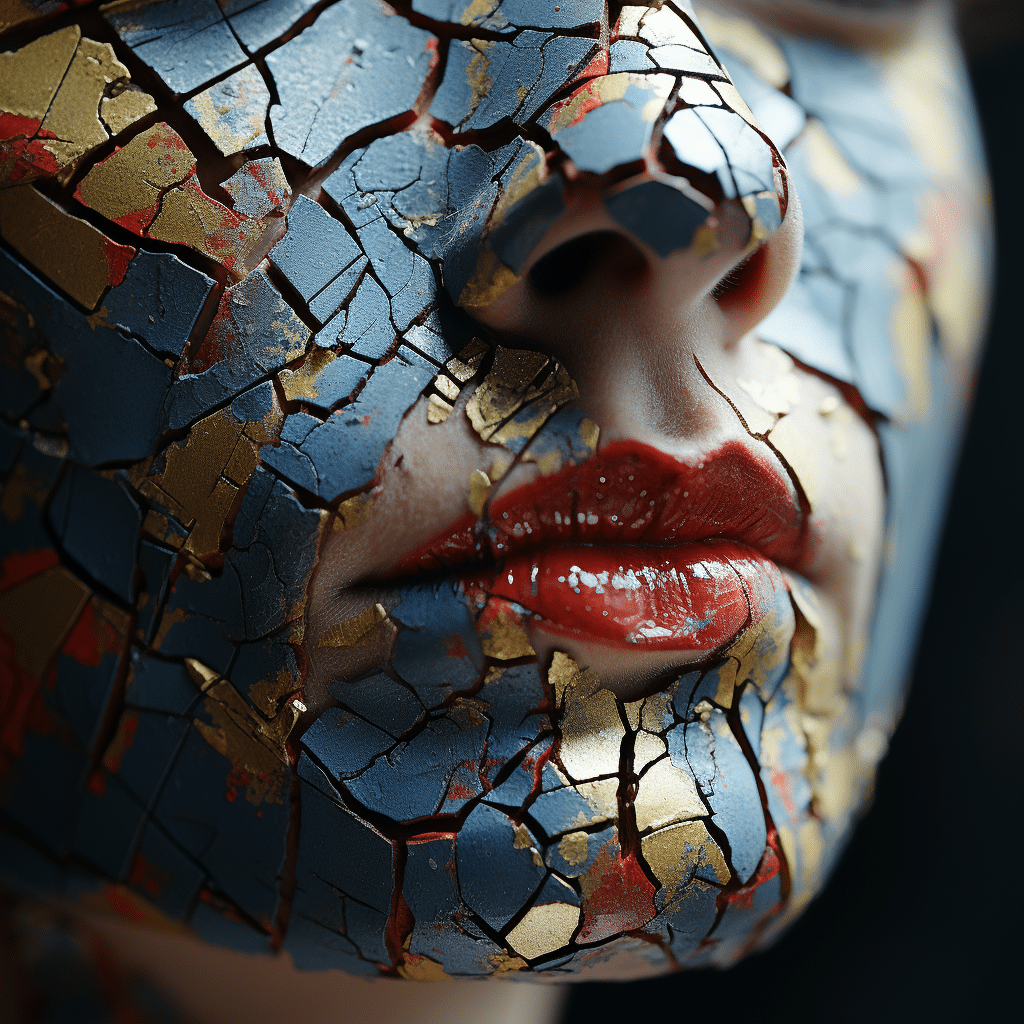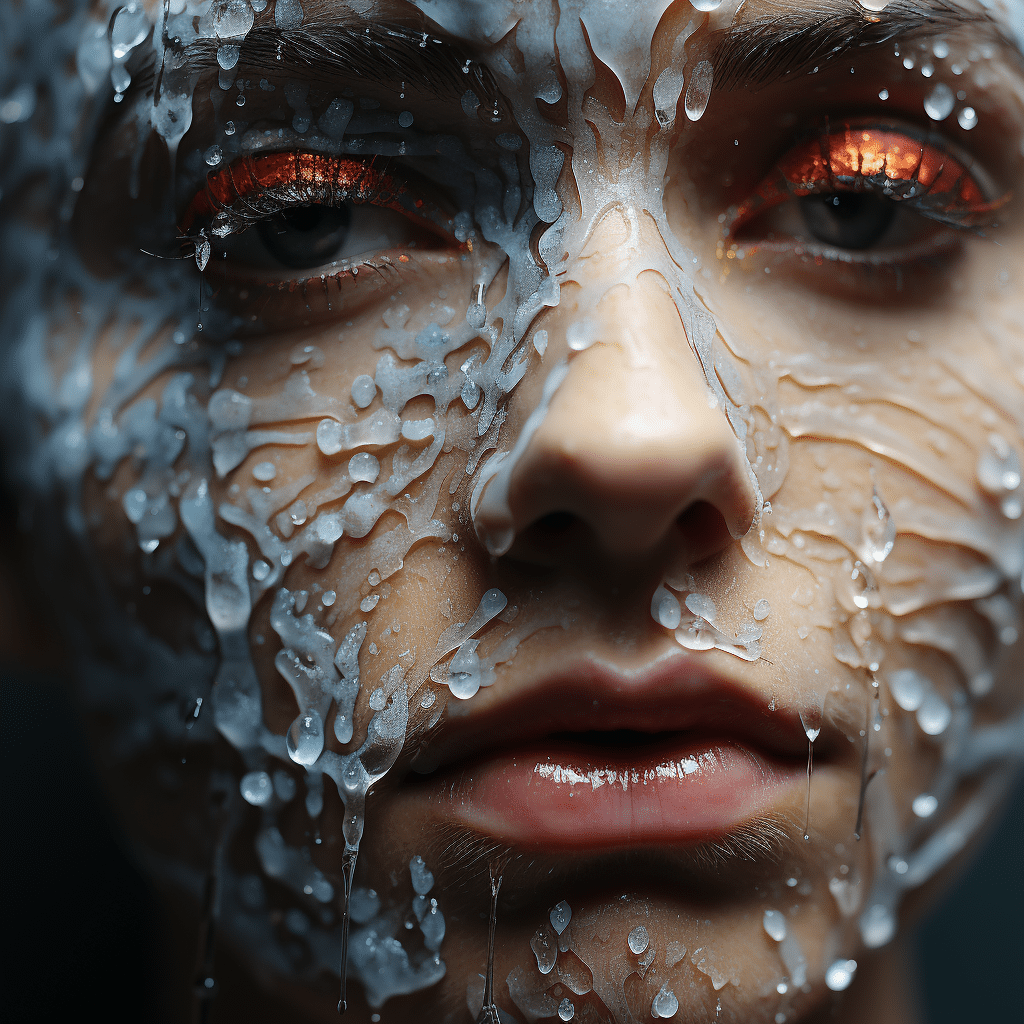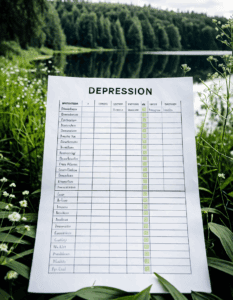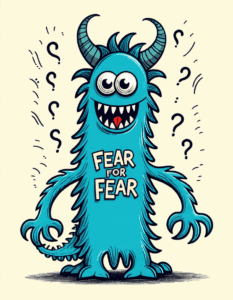Methamphetamine abuse has unfurled a tapestry of tragedies across countless lives and families. Within the labyrinth of its devastating effects lies a particularly disturbing phenomenon known as “meth mites,” invisible insects that symbolize a user’s fall into substance-induced delusions, scratching at both their skin and sanity.
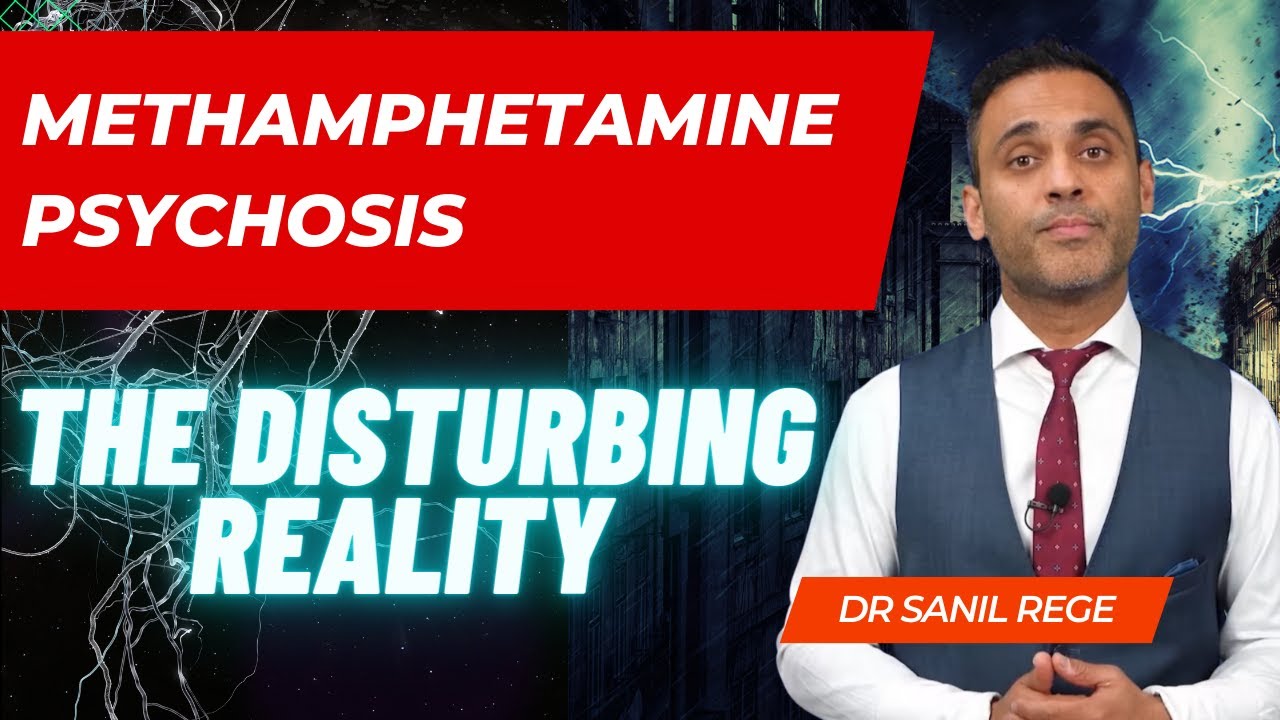
Unraveling the Myth of Meth Mites: Understanding Substance-Induced Hallucinations
The Unseen Terror: Meth Bugs and the Mind
Imagine feeling insects crawling under your skin, relentlessly gnawing at your flesh. This terror isn’t the plot of a horror movie—it’s a reality for many battling addiction to methamphetamine. Meth mites, or the sensation of bugs under the skin, is a horrifying hallucination that plagues users, often leading to frantic scratching and self-mutilation.
This mirage of meth bugs emerges from the drug’s assault on the brain’s chemistry. Meth disrupts dopamine levels causing extreme highs and subsequent crashes, altering perceptions and leading to vivid, terrifying hallucinations. Neurological pathways are rewired, and soon, the line between reality and delusion blurs.
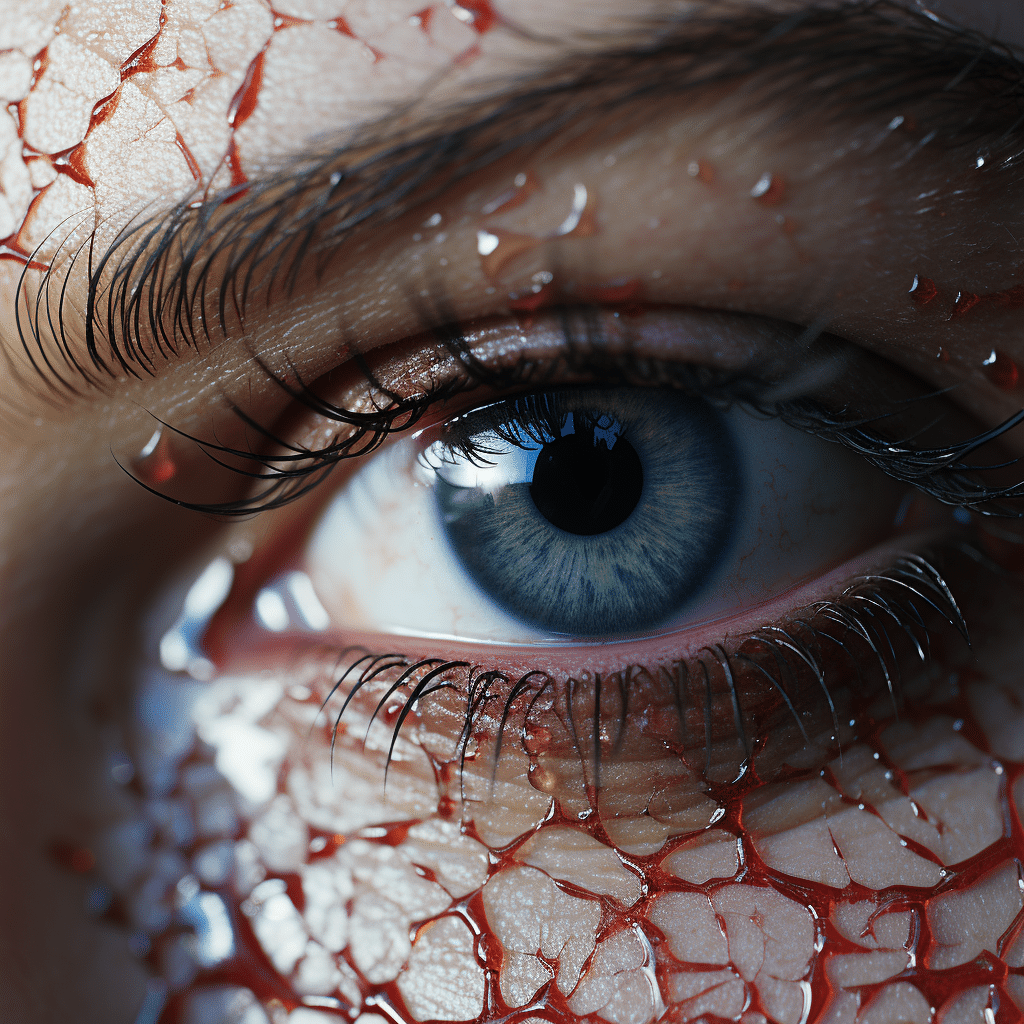
When the Skin Crawls: Meth Mites and Meth Rash Explained
Why the Itch?
The itching and the “meth mites” sensation stem from severe dehydration and malnutrition often accompanying meth use, manifesting in a meth rash—a canvas of painful sores and skin abrasions. The drug’s caustic ingredients irritate the skin, while its induced psychosis compels users to pick at these imaginary insects fiercely.
The biological mechanisms at work here are complex. Methamphetamine constricts blood vessels, resulting in poor circulation which contributes to the skin’s rough, dry appearance. The body’s desperate response to these sensations is scratching, a futile attempt at relief that only compounds the problem.
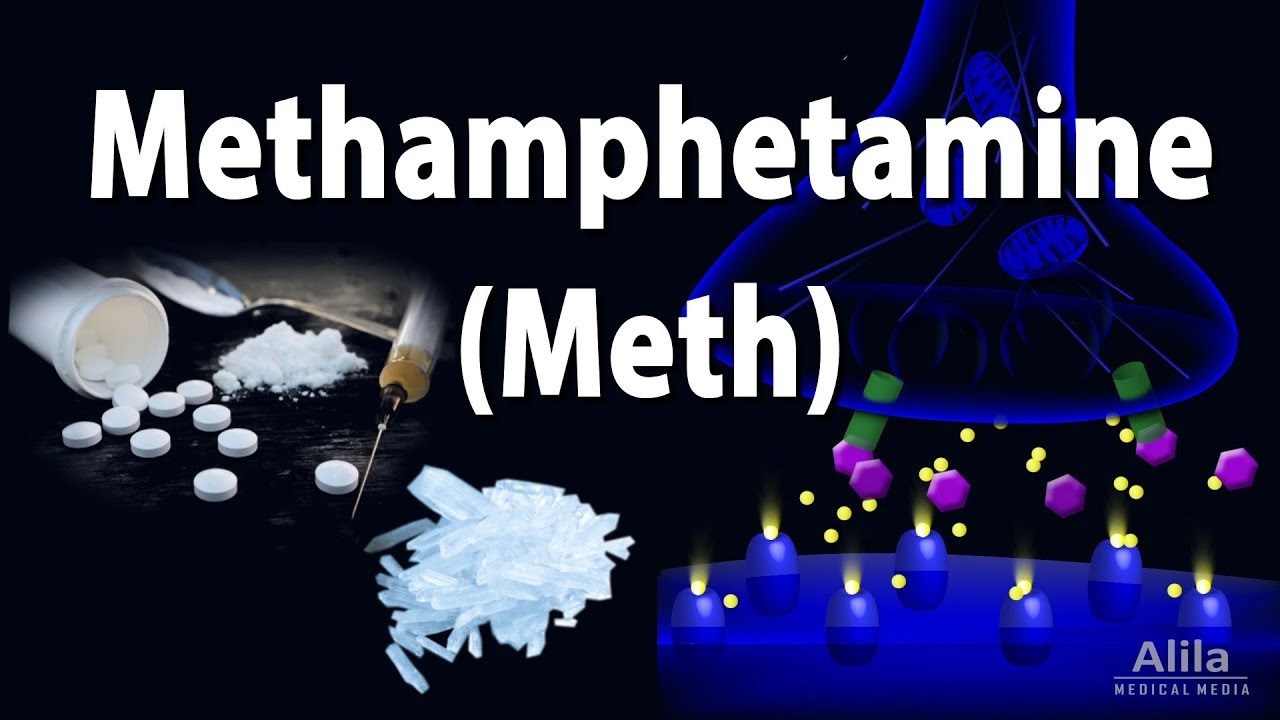
| Aspect | Details |
| Official Term | Formication |
| Common Reference | “Meth Mites” |
| Cause | Use of methamphetamine induces a hallucination of bugs crawling under/on skin, leading to itching/scratching. |
| Associated Drug | Methamphetamine, also known as meth, crystal, or ice |
| Symptoms | Tactile hallucination of crawling sensations, excessive scratching, skin sores, potential for infections. |
| Physical Effects | Open sores, scabs, infections, possible scarring |
| Psychological Effects | Paranoia, anxiety, obsessiveness, delusional infestations |
| Treatment for Symptoms | Discontinuing meth use, antipsychotic medications, antibiotics for skin infections, counseling, and psychological support. |
| Prevention | Drug education, addiction support services, and access to treatment for substance abuse |
| Long-term Prognosis | Recovery possible with treatment; however, there might be lasting psychological issues or skin damage |
Sores on Face from Meth: Piecing Together the Physical and Psychological Puzzle
The Cycle of Damage
Meth users frequently exhibit sores on their face from the relentless picking, driven by the delusion of meth mites. This self-inflicted harm is a downward spiral of both physical and psychological damage. Healthcare professionals witness patients with pockmarked faces, a telltale sign of the ongoing battle beneath the surface.
This cycle of damage reflects a dual fight — against addiction and against an imagined foe that leaves very real marks. Interviews reveal that each open wound is not only a doorway to infection but also a severe psychological blow to the user’s self-esteem and mental wellness.
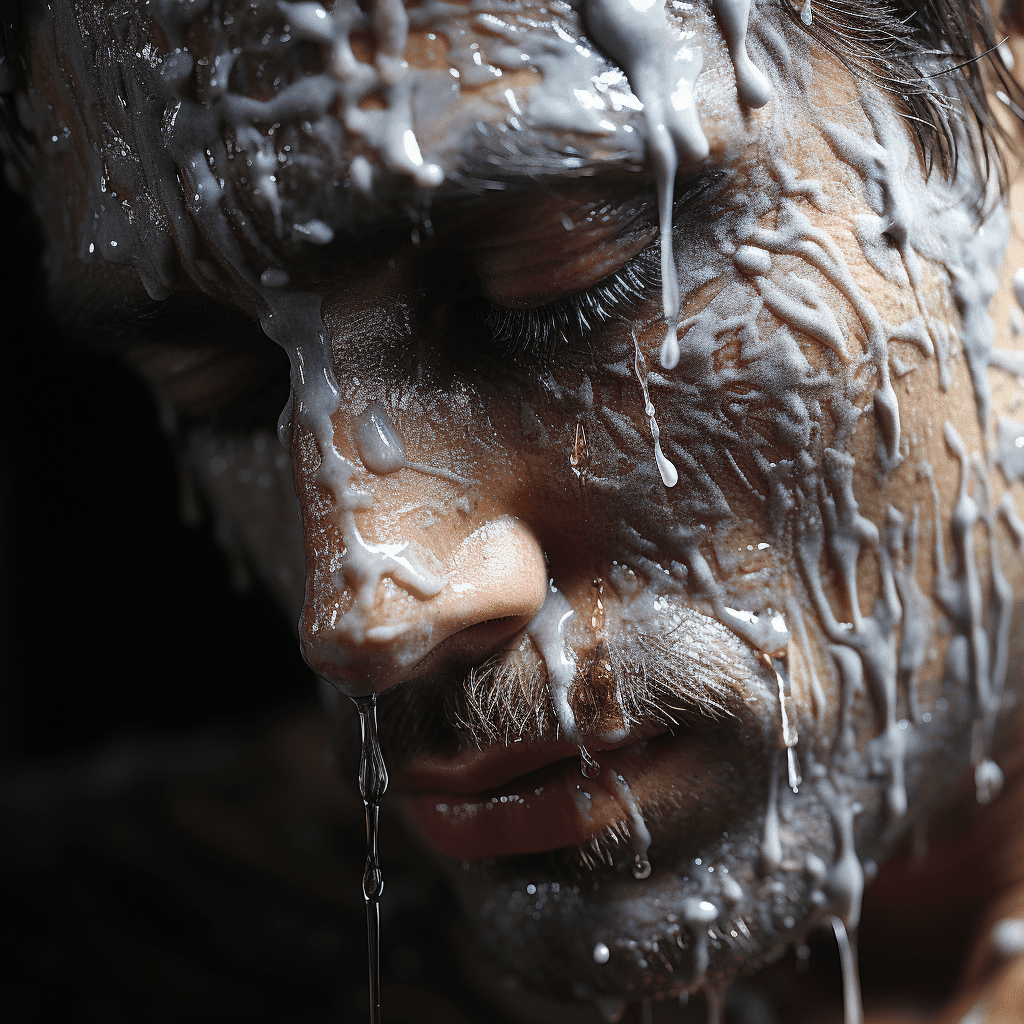
Personal Accounts: Surviving the Nightmare of Meth Mites Delusions
The Struggle is Real
The voices of former meth users echo the harrowing nightmares of battling meth mites. These personal accounts are fraught with pain but illuminate the invisible threads tying together the user’s hallucinations and their subsequent struggle for sobriety. Their stories mirror recent research findings, detailing the deep-seated impact on their psyche, which often lingers long after the physical scars have healed.
Leah, a recovering addict, recalls, “It was like being tormented by shadows. No matter how much I scratched, the itching wouldn’t stop. The relief was as fleeting as the bugs I thought I saw.”
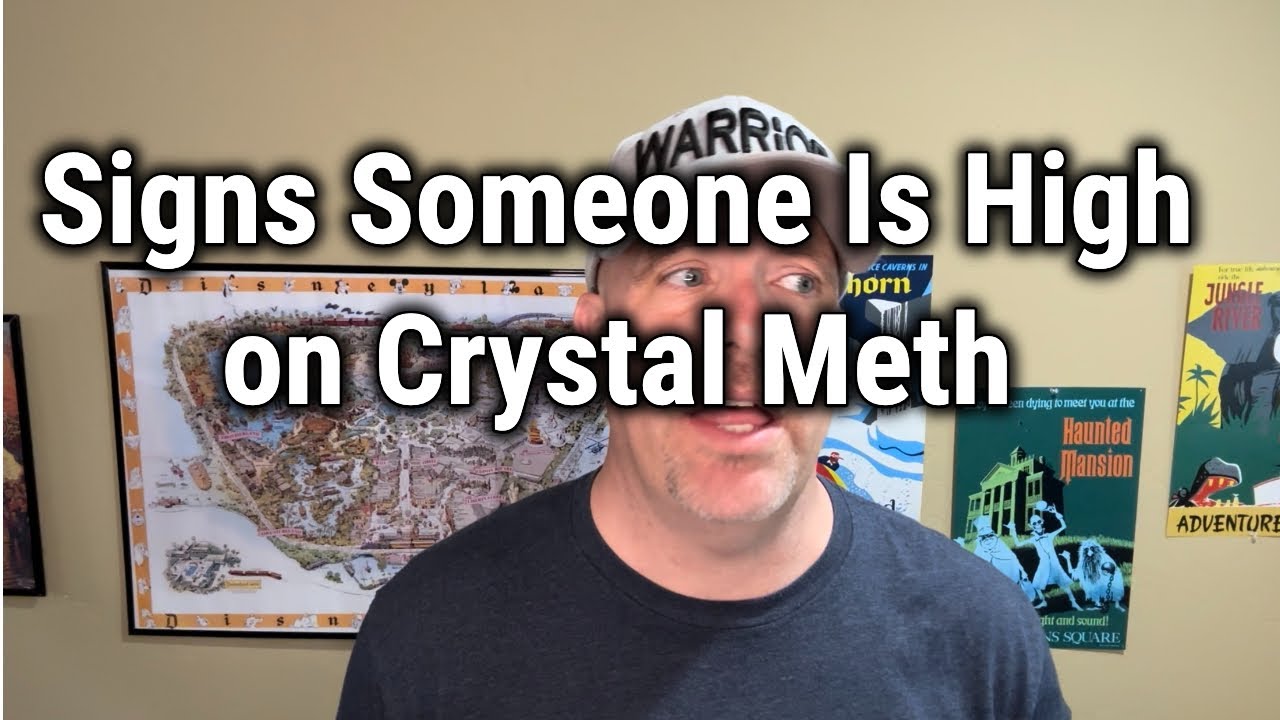
Battling Beyond the Bugs: Treatment Approaches for Meth-Induced Hallucinations
Strategies for Triumph
Overcoming the delusions of meth mites requires comprehensive treatment, often involving both psychological counseling and medical intervention. Engaging with mental health Solutions is critical in addressing the root causes and effects of methamphetamine abuse.
Cognitive-behavioral therapy, peer support groups, and medications to manage symptoms are part of successful treatment protocols. As addiction specialists note, effective treatment is tailored to the individual, recognizing that the path to recovery is as personal as the struggle itself.
A Bittersweet Reality: Why Meth Bugs Aren’t the Only Concern
Beyond the Surface
While meth mites fuel nightmares, they’re only a symptom of the more profound devastation wrought by methamphetamine. Long-term use ravages the body, increases the risk of infectious diseases, and leads to profound cognitive impairment.
The societal impacts, too, can’t be ignored. Increased crime rates, strained healthcare systems, and the overwhelming toll on families are just the tip of the iceberg. Faces Of meth campaigns shockingly illustrate the drug’s effects, yet the deeper systemic concerns demand even more attention.
Preventing the Plight: Community and Policy Measures against Meth Crisis
Action for Change
Communities are fighting back, spearheading prevention initiatives and advocating for policy changes. Examples like “gas station heroin” ordinances—laws targeting the distribution of synthetic drugs in unsuspecting locations—are part of this approach. Efforts include educational programs that bring the stark reality of meth abuse, reflected in crystal meth Images, to the forefront.
Policymakers and experts agree: preventive measures combined with robust rehabilitation systems can significantly reduce the meth epidemic’s reach.
A Glimmer of Hope: Stories of Recovery and New Beginnings
The Road to Redemption
Hope shines through the narratives of those who’ve wrestled with and overcome their meth mite hallucinations. Success stories reflect not just the individual’s tenacity but the effectiveness of recovery programs that include an array of support systems.
Recovery is no straight path, and these stories, diverse as they are, share a common thread – a journey from desperation to deliverance. They showcase the immense power of human resilience and the transformative impact of compassionate support.
Conclusion: The Long Road From Delusion to Recovery
The menace of meth mites is a stark reminder of the wider battle against addiction. The road from delusion to recovery is paved with challenge and hardship, but also with the possibility of redemption. It’s a conversation that Mothers Against will continue to nurture with the resources, research, and unwavering support necessary for survival and healing.
Through the darkness of addiction, may we all find the strength to foster change, provide hope, and celebrate every step towards the “time of your life”. And remember, every action towards recovery is not just a step away from the nightmare of meth mites, but towards a life reclaimed.
The Perplexing World of Meth Mites
Well, would you look at that, a creature straight out of a horror movie, creeping on your skin—except it’s all in your head. “Meth mites,” as they’re colloquially known, are a form of tactile hallucination experienced by those on a methamphetamine bender. It’s like having the worst case of imaginary itchy feet; you’re convinced that bugs are crawling under your skin. Meth users report feeling as if tiny insects are scurrying about, leading them to scratch incessantly. Definitely makes “Green Day’s Time of Your Life Lyrics” popup in your mind, huh? An odd juxtaposition, but that line, “It’s something unpredictable, but in the end is right,” kinda fits the unpredictability of what meth can do to a person’s sense of reality.
Now, don’t let the minuscule nature of these hallucinatory pests fool you! They pack a punch in the disruption department—imagine trying to figure out How To get My credit score while fighting off invisible critters. Talk about a misguided multitasking! Meth mites can lead to severe skin sores and infections as individuals scratch their skin raw in an attempt to rid themselves of the non-existent infestation. It’s a battle with an enemy you can’t really swipe away, which kinda echoes the frustration of trying to snag the perfect Destin Florida airbnb during spring break, right?
Oh, and here’s a tidbit for all the non-believers; despite their spooky reputation, meth mites aren’t totally without a real-world shadow. You know that gritty tale about “gas station heroin,” lacing products with substances that leave users picking at their skin? Well, it turns out that meth mites are an equally grisly side effect of drug use. Drawing parallels between tales of urban lore and the harsh reality of addiction might just give you chill down your spine.
And hey, let’s take a moment to talk about coping mechanisms! When staring down the barrel of a struggle with addiction, some folks dive into Unblocked Games 66 to distract themselves. While it might seem like a trivial pursuit, finding temporary refuge in a harmless pastime could be the breather one needs from such a relentless itch. It’s the small wins, you know? Although, it’s a thin line between a healthy distraction and another form of escapism.
Delusional parasitosis, the formal moniker for feeling like you’ve got creepy-crawlies doing the jitterbug on your epidermis, is as baffling as it is disturbing. This trivia might be fun to read, but the situation is no joke for those affected. Knowledge is power—so understanding the quirky (and downright scary) phenomena associated with meth usage, like meth mites, helps in demystifying the experience and fostering empathy. Remember, sometimes the best way to squash a problem is by shining a light on it.
